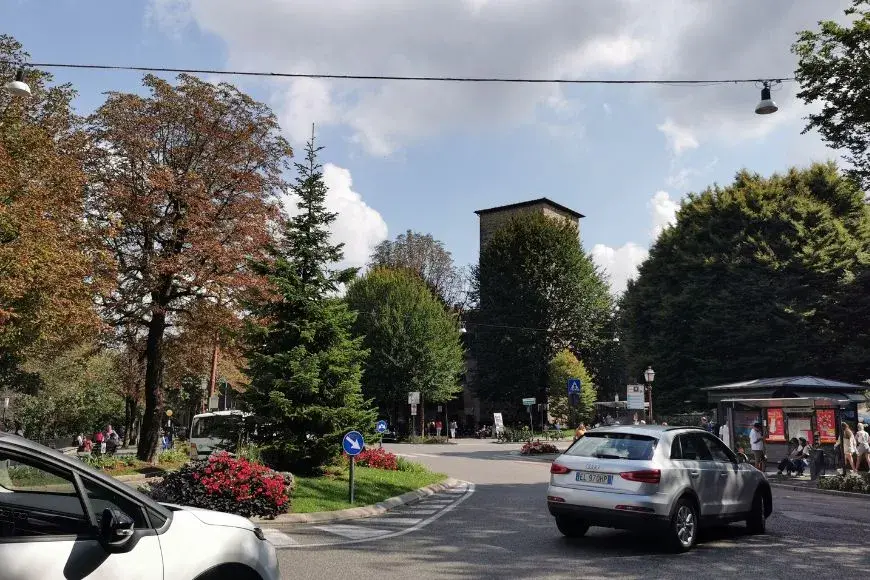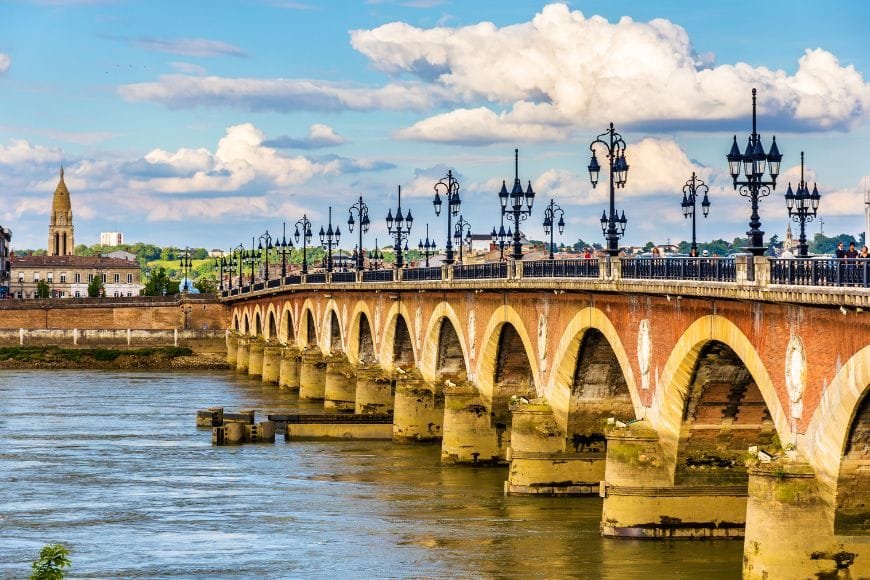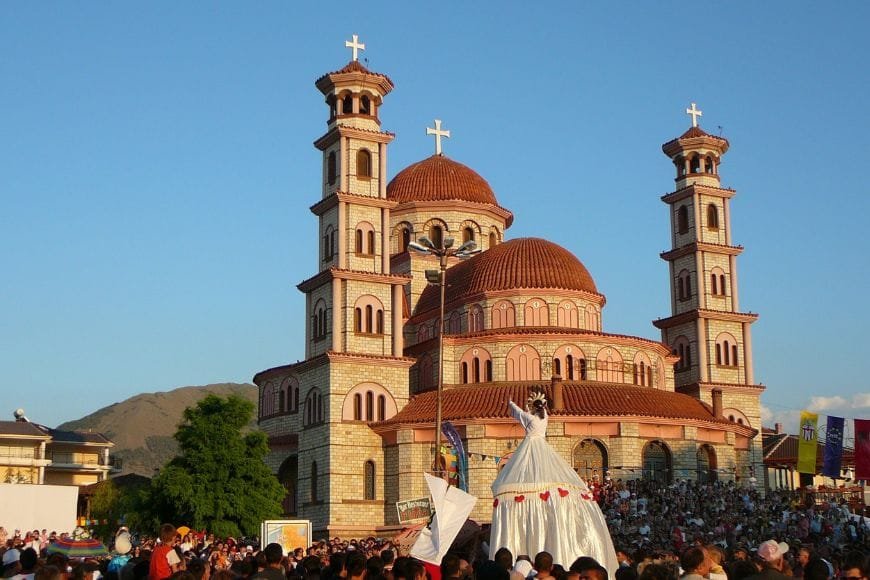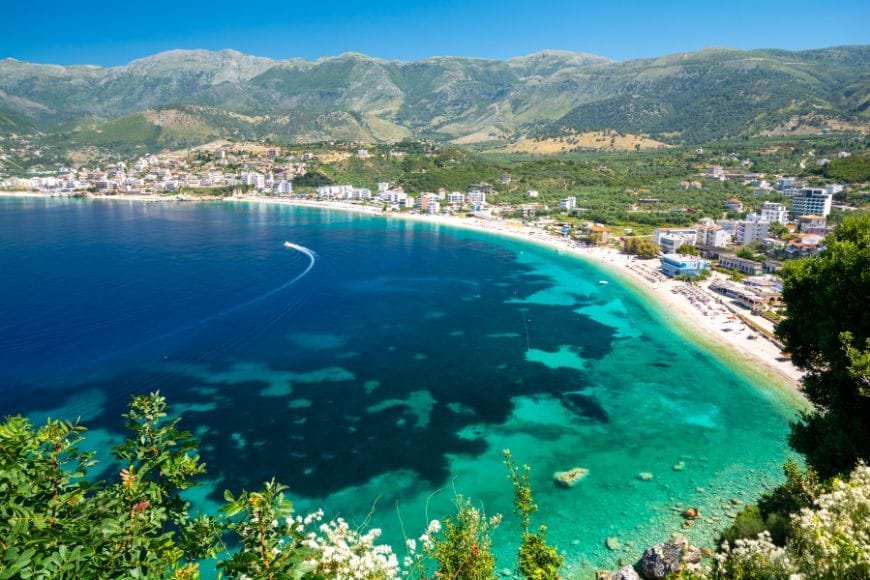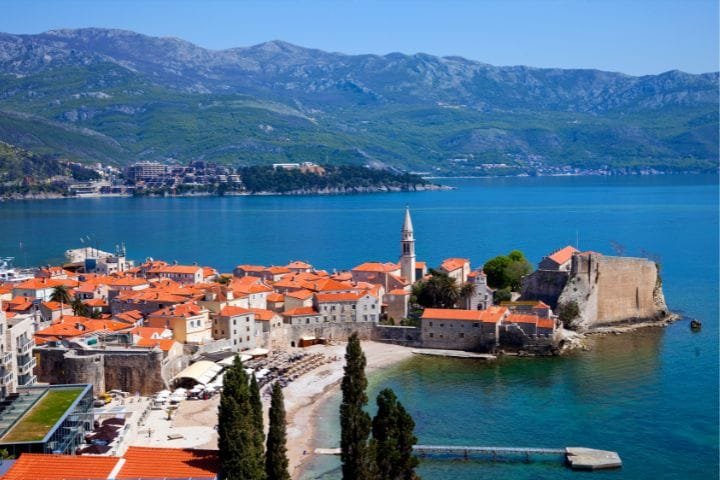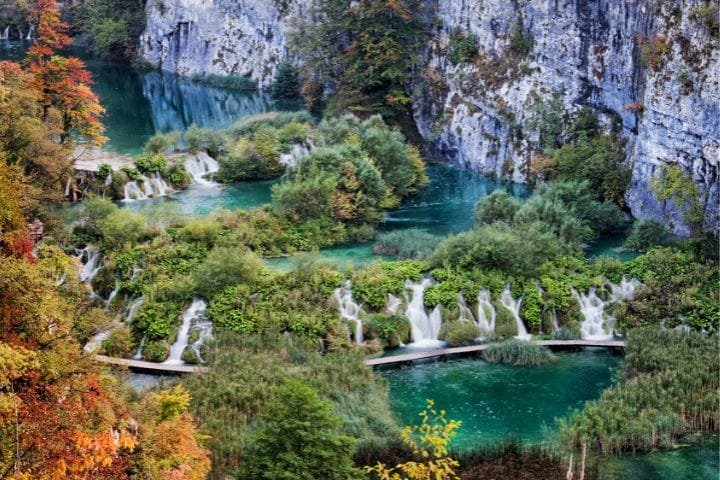Essential Balkan Driving Safety Tips: Your Complete 2025 Guide

by Hwan | Last Updated December 4, 2025

Planning a road trip through the breathtaking Balkans? You’re in for an incredible adventure! The Balkan Peninsula offers some of Europe’s most spectacular driving routes, from Croatia’s stunning coastline to Montenegro’s dramatic mountains.
However, driving in this diverse region presents unique challenges that every traveler should be aware of.
Did you know that road traffic accidents are among the main causes of injury-related deaths in several Balkan countries? But don’t let this statistic discourage you – with proper preparation and awareness, you can safely navigate these beautiful landscapes and create unforgettable memories.
Let’s dive into comprehensive Balkan driving safety tips for your upcoming adventure!
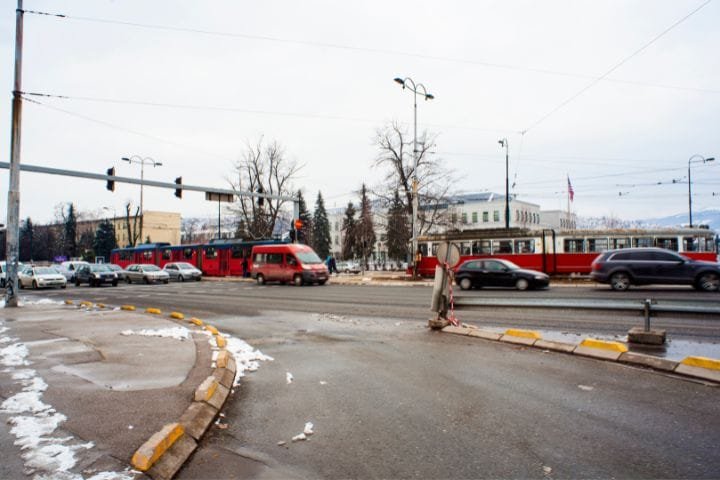
Essential Pre-Trip Planning for Balkan Roads
Look, I learned this the hard way when I got stuck at the Croatian border for three hours. You absolutely need an International Driving Permit alongside your regular license – it’s not optional. Most Balkan countries do not allow you to rent a car or drive without one.
Your insurance situation gets tricky here, too. That basic coverage from home probably won’t cut it in places like Albania or North Macedonia. I always get a Green Card now, which covers me across multiple countries. Trust me, dealing with insurance claims in a foreign language isn’t fun.
Before you even start your engine, proper preparation is crucial for a safe Balkan driving experience.
Documentation and Legal Requirements
- International Driving Permit (IDP): Required in most Balkan countries alongside your home country’s license
- Vehicle registration and insurance: Ensure your coverage extends to all planned destinations
- Green Card insurance: Mandatory for non-EU vehicles in some Balkan states
- Passport and visa requirements: Check entry requirements for each country on your itinerary
- Emergency contact information: Keep local emergency numbers and embassy contacts handy
Vehicle Preparation Checklist
- Comprehensive vehicle inspection: Check brakes, tires, lights, and fluid levels
- Emergency kit essentials: First aid supplies, reflective triangles, spare tire, and jumper cables
- Navigation tools: Download offline maps and GPS updates for reliable navigation
- Seasonal equipment: Snow chains for winter travel, especially in mountainous regions
- Spare parts and tools: Basic repair items for remote areas with limited services
🚗 Smart Planning = Safer Driving
Make sure your route and travel preparation are solid before hitting the road.
- How to Plan a Balkan Road Trip in 2025: Routes, Tips & Must-See Stops — Know the key rules before driving anywhere.
- Beginner’s Guide to a Balkan Road Trip in 2025: Routes, Tips & Hidden Gems — Perfect for first-time Balkan visitors.
- Best Time to Visit Balkans by Car in 2025 — Seasonal tips matter for safe driving.
Understanding Balkan Road Conditions and Infrastructure
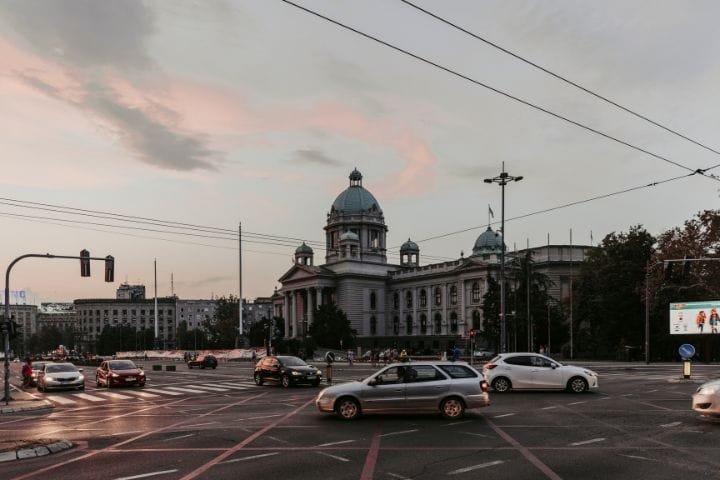
The roads in the Balkans will surprise you – and not always in a good way. I’ve driven through Montenegro’s mountain passes, where the road literally disappears into the fog, and you’re navigating hairpin turns with no guardrails. It’s beautiful but terrifying.
Cities like Belgrade and Sarajevo have their own challenges. The traffic gets absolutely insane during rush hour, and parking? Good luck finding a spot that won’t get you towed. I once circled Zagreb’s old town for 45 minutes, looking for legal parking.
Mountain Road Challenges
- Steep gradients and hairpin turns: Common in countries like Montenegro, Bosnia, and North Macedonia
- Weather-related hazards: Sudden fog, ice, and rockslides can create dangerous conditions
- Limited guardrails: Many mountain roads lack adequate safety barriers
- Narrow roadways: Passing zones are often limited on winding mountain routes
- Altitude considerations: Higher elevations can affect vehicle performance and driver alertness
Urban Driving Complexities
- Heavy traffic congestion: Major cities like Belgrade, Zagreb, and Sarajevo experience significant traffic
- Parking challenges: Limited parking spaces and strict enforcement in city centers
- Pedestrian safety: High foot traffic in historic areas requires constant vigilance
- Public transport integration: Buses, trams, and taxis create complex traffic patterns
- Construction zones: Ongoing infrastructure improvements can cause unexpected delays
🛣️ Road Conditions, Tolls & Border Rules
Be aware of changing laws and road quality as you cross through different countries.
- Balkan Road Conditions Guide 2025: Driving Through Southeast Europe — Stay alert on narrow & winding routes.
- Balkan Toll Roads Guide 2025: Costs & Payment Methods — Avoid fines & unexpected fees.
- Balkan Road Trip Border Crossings: Complete 2025 Guide — Documents & insurance checks at borders.
Traffic Laws and Local Driving Customs
Speed limits vary widely between countries, but police are generally strict about enforcement. In most cities, you’re looking at 50 km/h, but highways can be 120-130 km/h, depending on where you are. Speed cameras are everywhere now – they’ve really cracked down on this stuff.
Here’s something that shocked me: many Balkan countries have zero tolerance for alcohol. Like, 0.0% blood alcohol. None of that “one beer is okay” stuff you might be used to. They do random checks, too, especially on weekend nights.
Each Balkan country has specific traffic regulations that visitors must understand and follow:
Speed Limits and Enforcement
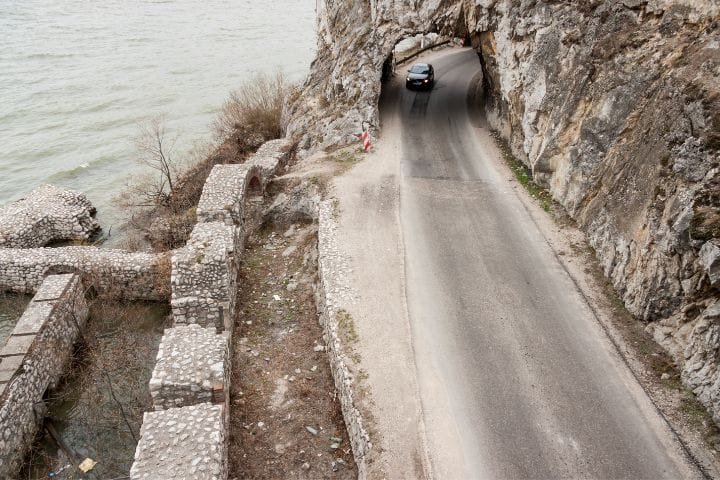
- Urban areas: Typically 50 km/h (31 mph) in most Balkan cities
- Rural roads: Usually 80-100 km/h (50-62 mph), depending on road quality
- Highways: Generally 120-130 km/h (75-81 mph) on major motorways
- School zones: Reduced speeds during specific hours with heavy enforcement
- Speed cameras: Increasingly common, especially on major routes and city entrances
Alcohol and Substance Policies
- Zero tolerance: Many Balkan countries enforce strict 0.0% blood alcohol limits
- Random testing: Police regularly conduct roadside sobriety checks
- Severe penalties: Fines, license suspension, and potential imprisonment for violations
- Prescription medications: Some medications can impair driving ability legally
- Alternative transportation: Use taxis, rideshares, or public transport when consuming alcohol
Plan Your Trip with Our Favorite Booking Tools
Navigating Weather and Seasonal Challenges
Winter driving in the Balkans is no joke. I got caught in a snowstorm in Bosnia and had to put chains on for the first time ever – definitely should’ve practiced that at home first. From November through March, you legally need snow chains in mountainous areas.
Summer brings different problems. Your car will overheat if you’re not careful, especially when climbing those steep mountain roads. I always carry extra coolant now after getting stranded outside Podgorica when my radiator gave up.
The Balkans experience diverse weather patterns that significantly impact driving safety throughout the year:
Winter Driving Precautions
- Snow chain requirements: Mandatory on designated routes from November through March
- Ice formation: Black ice is common in mountain passes and shaded areas
- Reduced daylight: Shorter days require earlier headlight use and increased caution
- Emergency supplies: Extra blankets, food, and water for potential weather delays
- Route flexibility: Have alternative paths planned for severe weather closures
Summer Heat Considerations
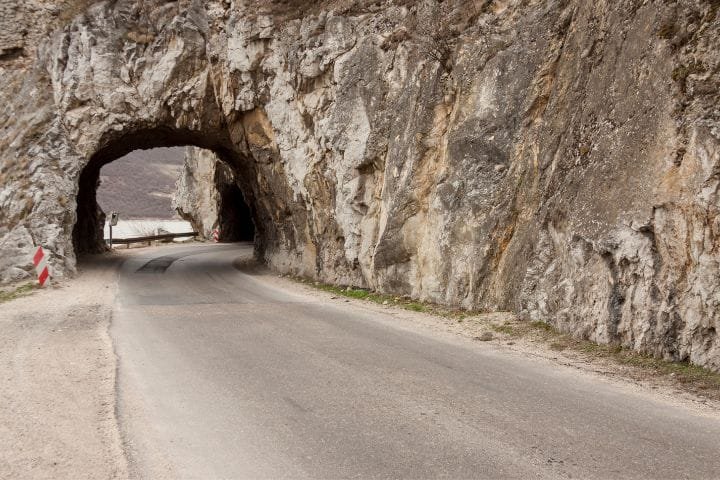
- Vehicle overheating: Monitor temperature gauges closely during hot weather
- Tire pressure changes: Heat can cause dangerous pressure fluctuations
- Driver fatigue: High temperatures increase drowsiness and reaction times
- Hydration importance: Keep plenty of water for both vehicle and personal needs
- Air conditioning maintenance: Ensure cooling systems work properly before travel
Emergency Preparedness and Safety Protocols
The universal emergency number is 112 throughout Europe, but honestly, cell service gets spotty in remote areas. I always keep local emergency numbers written down now, after my phone died during a breakdown in rural Serbia.
If you break down, get that warning triangle at least 100 meters behind your car. Local cops are sticklers about this stuff. Take photos of everything if there’s an accident – insurance companies here want tons of documentation.
Being prepared for emergencies can make the difference between a slight inconvenience and a serious situation:
Essential Emergency Contacts
- 112: Universal European emergency number for police, fire, and medical services
- Country-specific numbers: Local police and roadside assistance contacts
- Insurance hotlines: 24/7 claim reporting and assistance numbers
- Embassy contacts: Your home country’s diplomatic services in each nation
- Roadside assistance: International services like AAA or European equivalents
Breakdown and Accident Procedures

- Vehicle positioning: Move to safe locations away from traffic when possible
- Warning triangle placement: Set up reflective markers 100 meters behind your vehicle
- Documentation requirements: Take photos and exchange information with all parties
- Police notification: Required for accidents involving injury or significant damage
- Medical attention: Seek immediate care for any injuries, regardless of severity
Technology and Navigation Solutions
Google Maps works great in most places, but Waze is honestly better for real-time traffic and police warnings. Local drivers use it religiously, so you get accurate updates about speed traps and accidents.
Download offline maps before you go – cell coverage disappears fast in rural areas. I use Maps.me as a backup because it works without the internet. Nothing worse than being lost in the mountains with no signal.

Modern technology can significantly enhance your safety while driving through the Balkans:
Recommended Navigation Apps
- Google Maps: Excellent for real-time traffic and route optimization
- Waze: Community-driven alerts for hazards, police, and traffic conditions
- Maps.me: Reliable offline mapping for areas with poor cellular coverage
- Local alternatives: Country-specific apps often provide better local information
- Backup options: Always carry physical maps as technology backups
Communication and Safety Apps
- Emergency SOS features: Built-in smartphone capabilities for crisis situations
- Translation apps: Essential for communicating with local authorities and mechanics
- Weather monitoring: Real-time conditions and forecasts for route planning
- Fuel station finders: Locate services in remote areas before running low
- Border crossing updates: Current wait times and documentation requirements
Cultural Awareness and Local Etiquette
Driving culture varies a lot between countries. Croatians are pretty laid back, but Serbian drivers use their horns constantly – it’s communication, not road rage. Don’t take it personally.
Rural areas are different, too. People are incredibly helpful if you’re obviously a tourist having car trouble. I’ve had farmers help me change a tire and refuse payment for it. Small towns move at their own pace, though, so don’t expect quick service.
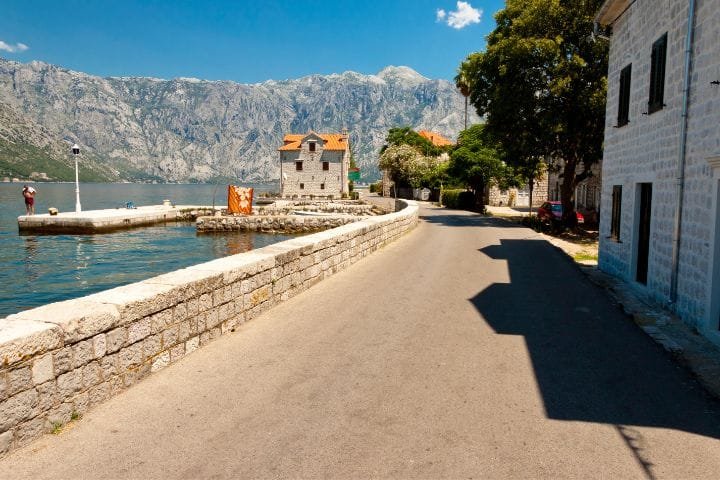
Understanding local driving culture helps you navigate more safely and respectfully:
Driving Behavior Patterns
- Aggressive driving: Some areas have more assertive driving styles than others
- Horn usage: Often used as communication rather than expressions of anger
- Right-of-way customs: Local practices may differ from posted regulations
- Parking etiquette: Informal rules about acceptable parking locations
- Rural courtesy: Different expectations for interactions in small communities
Communication Tips
- Basic phrases: Learn essential words like “help,” “police,” and “hospital”
- Hand gestures: Understand local meanings to avoid misunderstandings
- Respect for authority: Police interactions require formal, respectful behavior
- Local assistance: Most people are helpful to tourists experiencing difficulties
- Patience is essential: Allow extra time for navigation and cultural adjustments
Plan Your Trip with Our Favorite Booking Tools
Conclusion and Final Safety Recommendations
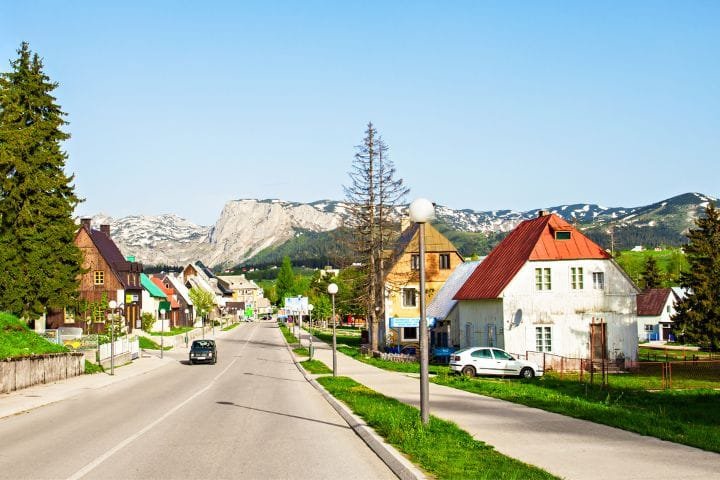
Driving through the Balkans offers an incredible opportunity to experience some of Europe’s most beautiful and culturally rich destinations. The key to a safe and enjoyable journey lies in thorough preparation, cultural awareness, and respect for local conditions and customs.
Remember that road conditions, weather patterns, and local regulations can change quickly throughout the region. Stay flexible with your plans, maintain constant vigilance behind the wheel, and don’t hesitate to seek local advice when needed.
The stunning landscapes and warm hospitality of the Balkan people make any extra precautions absolutely worthwhile.
Ready to plan your Balkan adventure? Start by researching specific requirements for each country on your itinerary, ensure your documentation is current, and pack appropriate emergency supplies.
With proper preparation and these safety tips in mind, you’ll be ready to explore one of Europe’s most captivating regions safely!
🌄 Scenic Drives You Can Take With Confidence
Once you’re prepared — it’s time to enjoy the ride!
💬 We’d love to hear from you!
Have questions, tips, or personal travel stories to share? Drop them in the comments below — your insights help fellow travelers plan their adventures too.


